Raphael was a darling of the Vatican who rarely challenged anyone and his paintings were always well-proportioned, balanced, and ultimately, pretty. His rival for Vatican commissions, the infamous Michelangelo, hated him bitterly. He saw Raphael as unwilling to bring passion to the canvas--too measured and eager to please. Michelangelo himself was a firebrand who often angered the papal power with his stubbornness, irreverence and defiance, but thankfully popes like Julius II knew talent when they saw it. Julius endured the artist's temper and as a result had some of the most famous art created for his commissions. The artists' rivalry was not a lifelong one because unfortunately Raphael died young, perhaps on his birthday, at age 37. Sixteenth-century art historian Vasari claims his death was a result of a night of excessive sex with his mistress. Whatever the cause, the world lost an irreplaceable talent far too soon.
In contrast, Michelangelo lived to the ripe old age of 88. That's an accomplishment today--it was even more so back in the 1500s. During that time Michelangelo produced scads of drawings, important frescoes, and, of course, sculpture. Even though the Sistine Chapel frescoes are some of his best known work, he viewed himself first and foremost as a sculptor and saw painting as a second rate form of art (a huge debate during the Renaissance). In fact, he only took on the commission of the ceiling so as to secure money to buy marble for an ambitious sculpture project. Those ceiling figures, however, capture all of the emotion, energy and passion that Michelangelo poured into his art. The figures are over-sized, over-muscled and twisted into emotional poses that speak of the difficulty of being human. And Michelangelo felt this toughness himself. He was cranky, temperamental, and afraid of eternal damnation.
Each of the amazing artists has lessons to teach us. Raphael got along well with others. He was charming, smooth, and polished. He knew how to sell himself and how to politic. His work, with its balance and calm, reflects his demeanor and working style. Michelangelo, full of angst and passion, presents very differently in his art. He's full of torrid dynamism and he made his relationships difficult as a result. Raphael was a team player, Michelangelo a tortured loner. Ideally, one would like to exemplify each of these geniuses when the situation calls for their unique qualities. Being well-liked, amiable, and slick can come in quite handy in one's work life, but so can being difficult, determined, and definitive in one's mission. It's all about matching the right qualities to the situation.
As you approach this fall, think about where you could be more cooperative, and where you should shake things up. Are you holding yourself back by not being a good team player? Or, are you holding yourself and your organization back by not being daring enough? Make a list that includes:
- Your three best qualities
- Your three worst qualities
- Your three best accomplishments
- Your three biggest failures
- Three short-term goals
- Three long-term goals
Despite their failings, both of the artists accomplished so much. Raphael's various depictions of the Madonna are truly lovely and emanate a real human quality. His works grace the most beautiful buildings in the world and adorn the halls of so many museums. Michelangelo's Sistine Chapel ceiling is one of the top tourist attractions in the world, as is his magnificent David statue displayed in Florence. Their art has become synonymous with the ideals of the renaissance: a focus on the awesomeness of human achievement, a quest for realism and knowledge, and an overall aesthetic of beauty and polish. Make your lists and make your life a work of art as well!
As fall approaches, consider too our fall special "Fall in Love with Autumn". This package offers three-months of contemplation and lessons covering September, October and November. I've priced it at $49 for a limited time. Get into the school spirit. Sign up and discover the coolness of school.
Artfully Yours,
Lisabeth
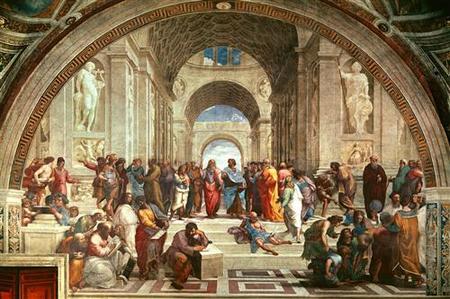
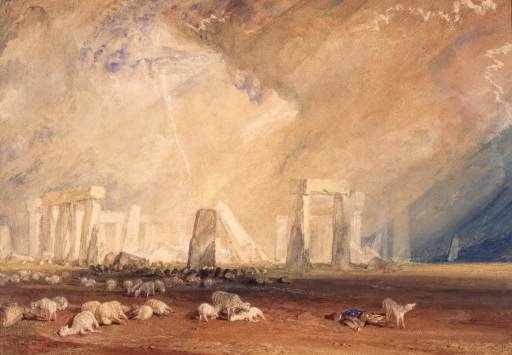



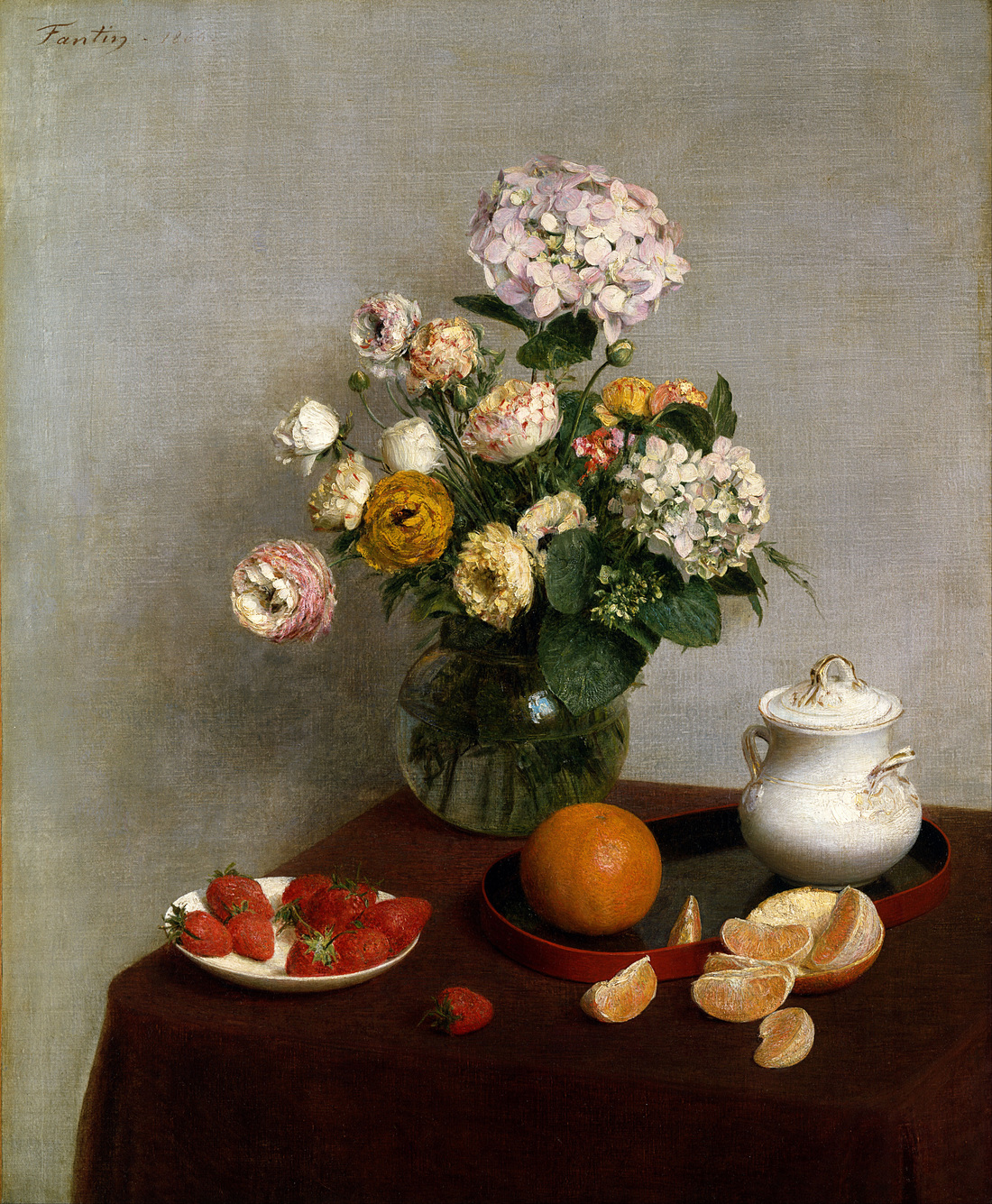
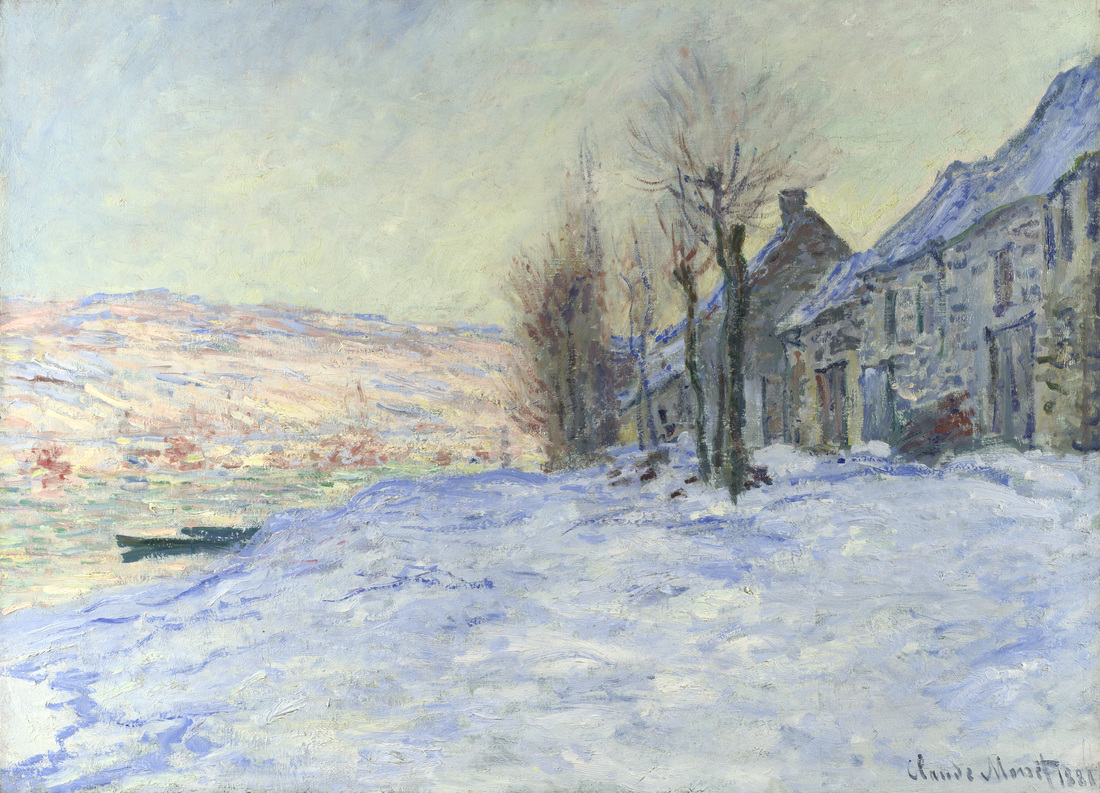


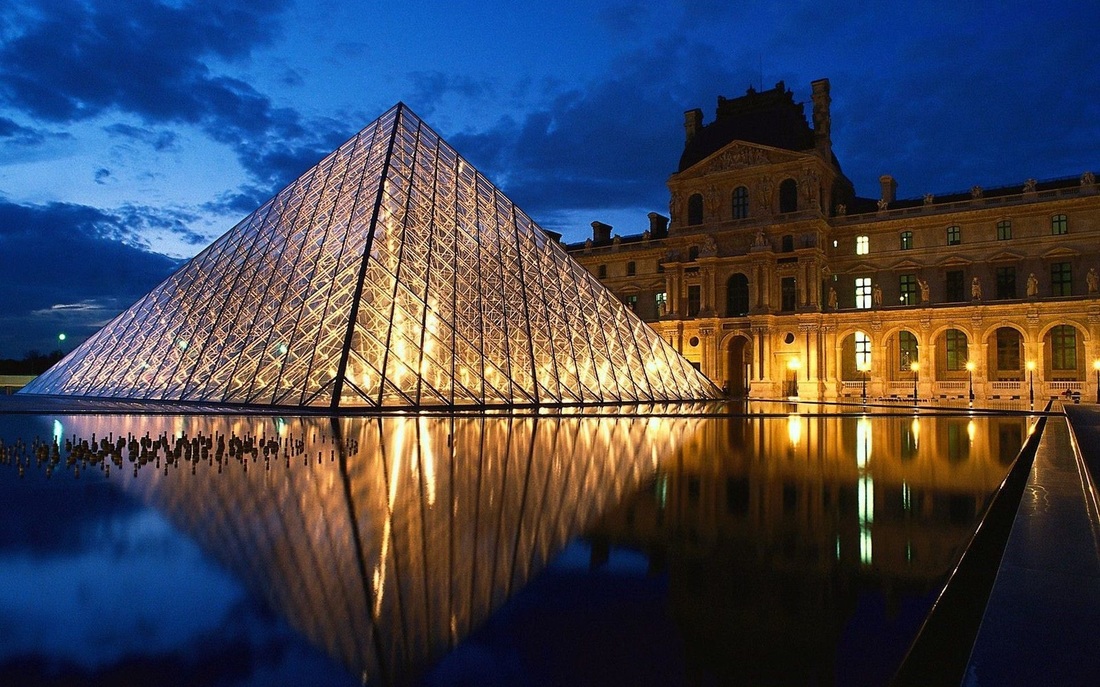
 RSS Feed
RSS Feed